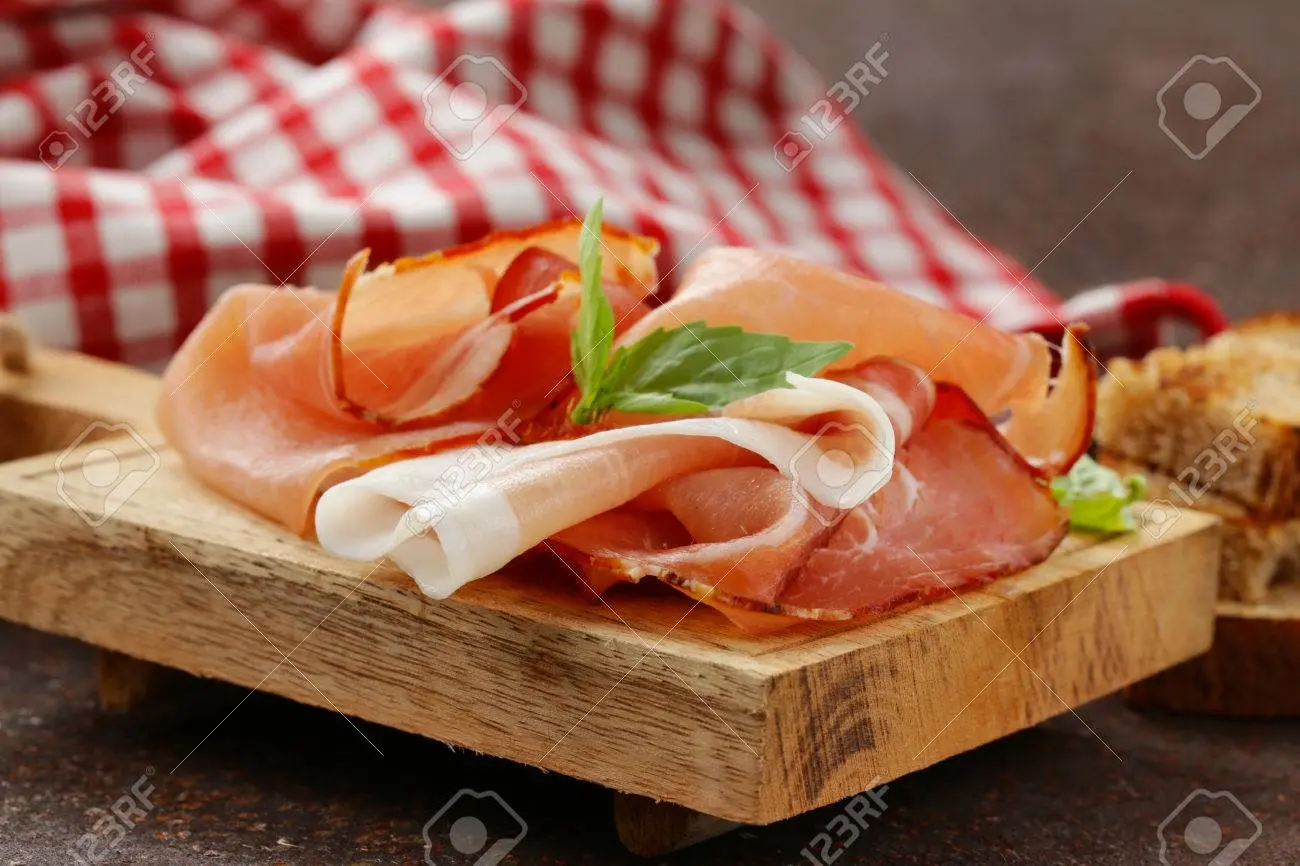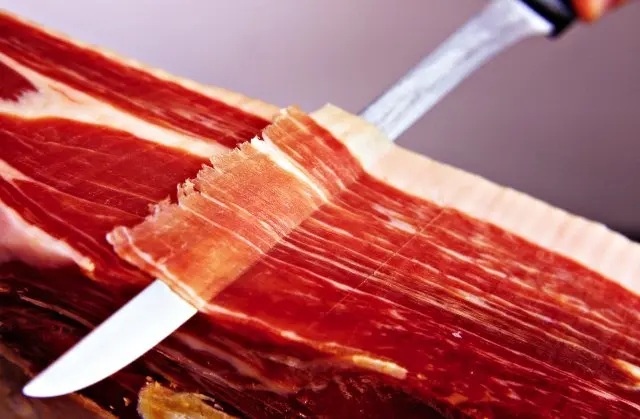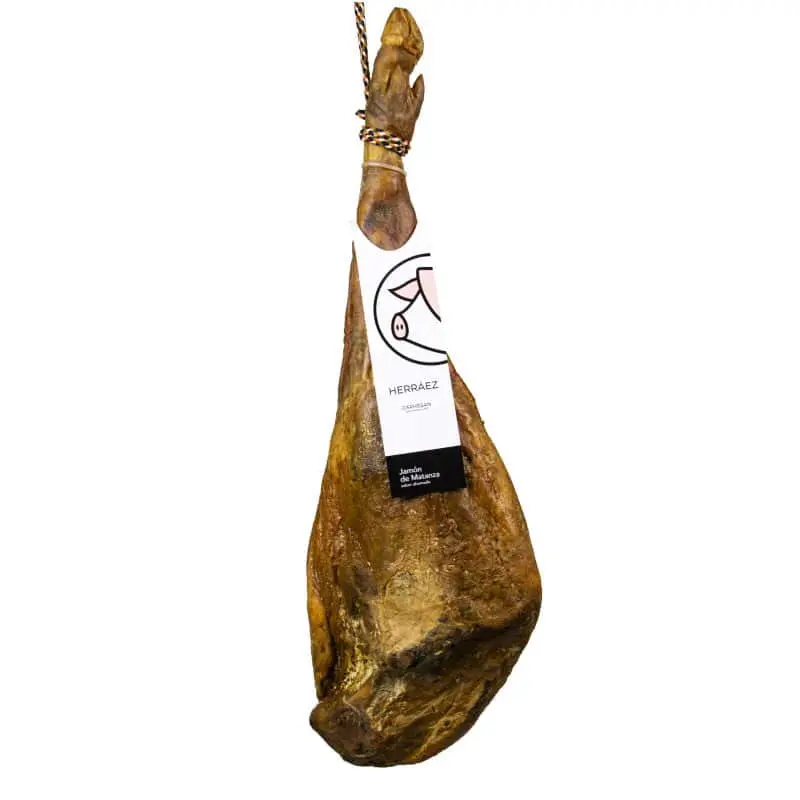When it comes to premium cured meats, few can match the exquisite flavor and aroma of smoked jamón. This delicacy, which originated in Spain, has gained worldwide popularity for its rich taste and unique smoky undertones. In this comprehensive guide, we will explore the art of smoking jamón, its origins, and why it has become such a coveted and expensive delicacy.
The Origins of Smoked Jamón
Jamón, or ham, has been a staple in Spanish cuisine for centuries. It is traditionally made from the hind legs of a pig, which are carefully cured and aged over an extended period of time. However, the process of smoking jamón adds an extra layer of complexity and flavor to this already delectable meat.
The art of smoking jamón dates back to ancient times when preserving meat was crucial for survival. Smoking not only helped preserve the meat but also imparted a unique smoky flavor that enhanced its taste. Over time, smoking techniques evolved, and different regions in Spain developed their own distinct methods of smoking jamón.
Why is Smoked Jamón So Expensive?
One of the main reasons for the high price of smoked jamón is the extensive curing and aging process it undergoes. The hind legs of the pig are carefully salted and left to dry for several weeks, allowing the flavors to develop. After this initial stage, the jamón is then smoked using a variety of woods, such as oak or beech, which adds depth and complexity to the final product.
Another factor contributing to the high cost is the breed of pig used to make smoked jamón. The most renowned and sought-after variety is the acorn-fed Iberian pig. These pigs roam freely in the Spanish countryside, feeding on acorns and herbs, which gives their meat a unique nutty and savory flavor. The combination of the pig's diet, the curing process, and the smoking technique results in a truly exceptional product.
The Difference Between Ham and Jamón
Many people wonder what sets jamón apart from regular ham. While both are made from pork, the differences lie in the quality of the meat, the curing process, and the flavor profiles.
Jamón is made from the hind legs of a pig, specifically the Iberian breed, which is known for its superior taste and texture. The meat undergoes a meticulous curing process that can last anywhere from 12 to 48 months, depending on the desired flavor and texture. This slow aging process allows the flavors to intensify and develop complex nuances.
In contrast, regular ham is typically made from the front legs of the pig and undergoes a shorter curing period. The flavor is often milder and less nuanced compared to jamón.
How should I store smoked jamón?
Smoked jamón should be stored in a cool, dry place away from direct sunlight. It is best to wrap it in a cloth or butcher paper to allow it to breathe. Once opened, it should be consumed within a few weeks to ensure optimal flavor.

How should I slice smoked jamón?
Smoked jamón is best enjoyed when sliced thinly. Using a sharp knife, start by cutting off the skin and then slice the meat across the grain to achieve tender, melt-in-your-mouth slices.
Can smoked jamón be used in cooking?
Absolutely! Smoked jamón adds a wonderful smoky flavor to a variety of dishes. It can be used in soups, stews, pasta dishes, or even as a topping for pizzas and salads.

The Verdict: A Smoky Delight
Smoked jamón is a true delicacy that combines the centuries-old tradition of jamón-making with the art of smoking. Its rich, smoky flavor and melt-in-your-mouth texture make it a sought-after treat for food enthusiasts around the world. While it may come with a hefty price tag, the experience of savoring a slice of perfectly smoked jamón is truly unparalleled.
If you want to know other articles similar to Smoked jamón: the ultimate guide to this exquisite delicacy you can visit the Cured meats category.


Related Articles